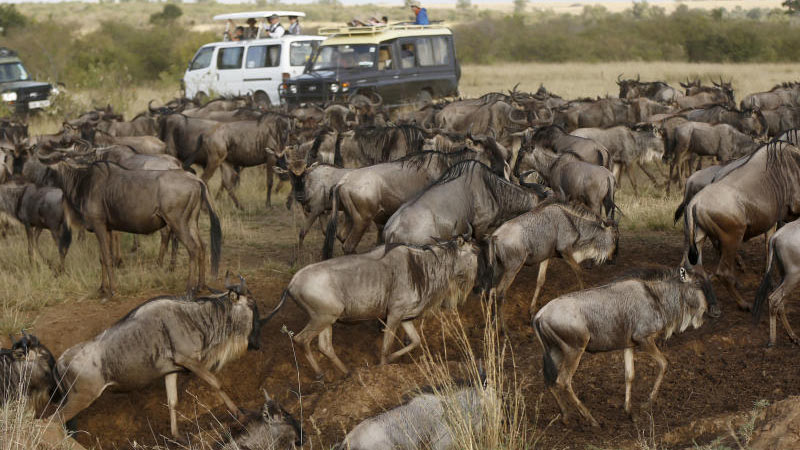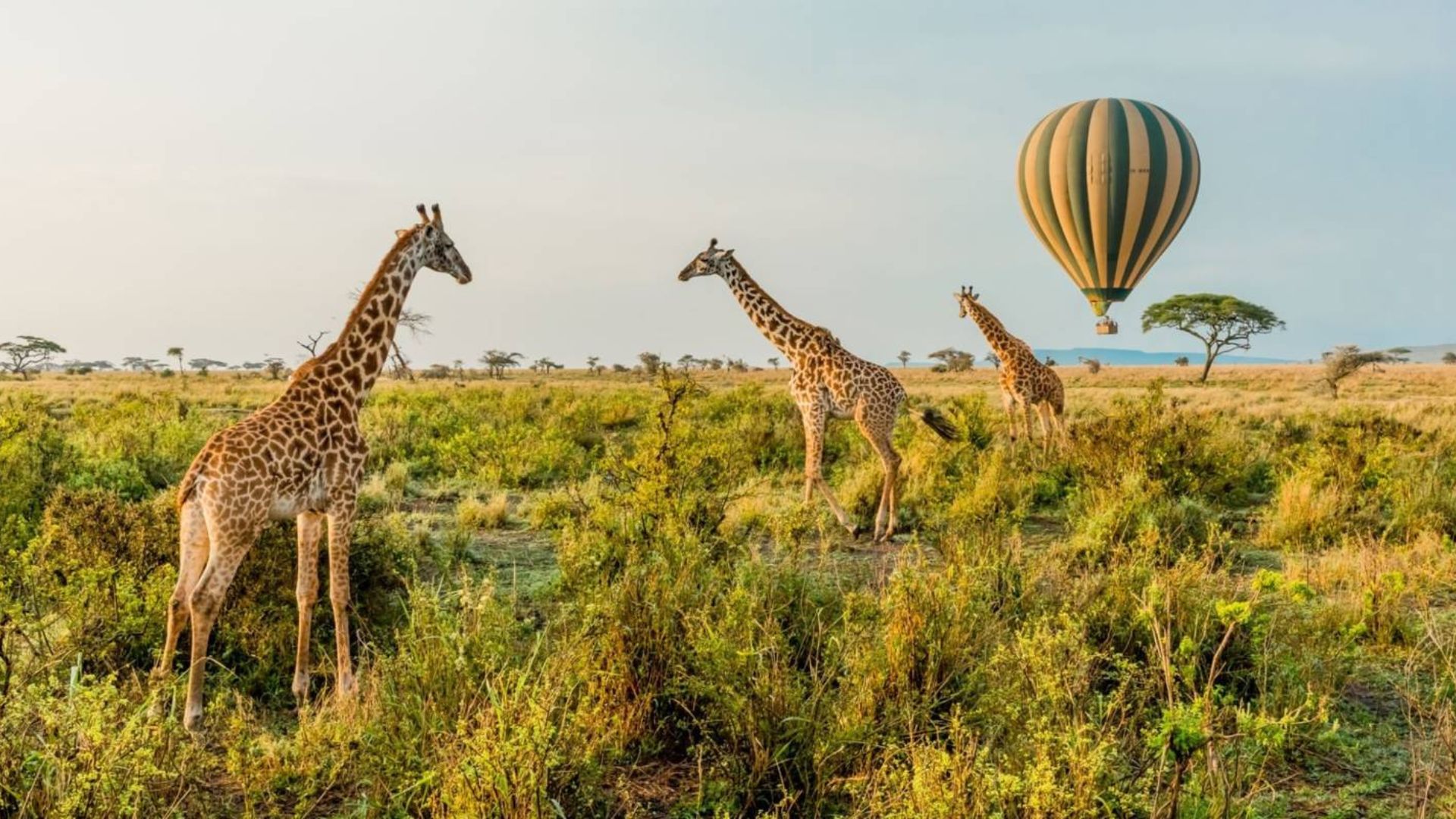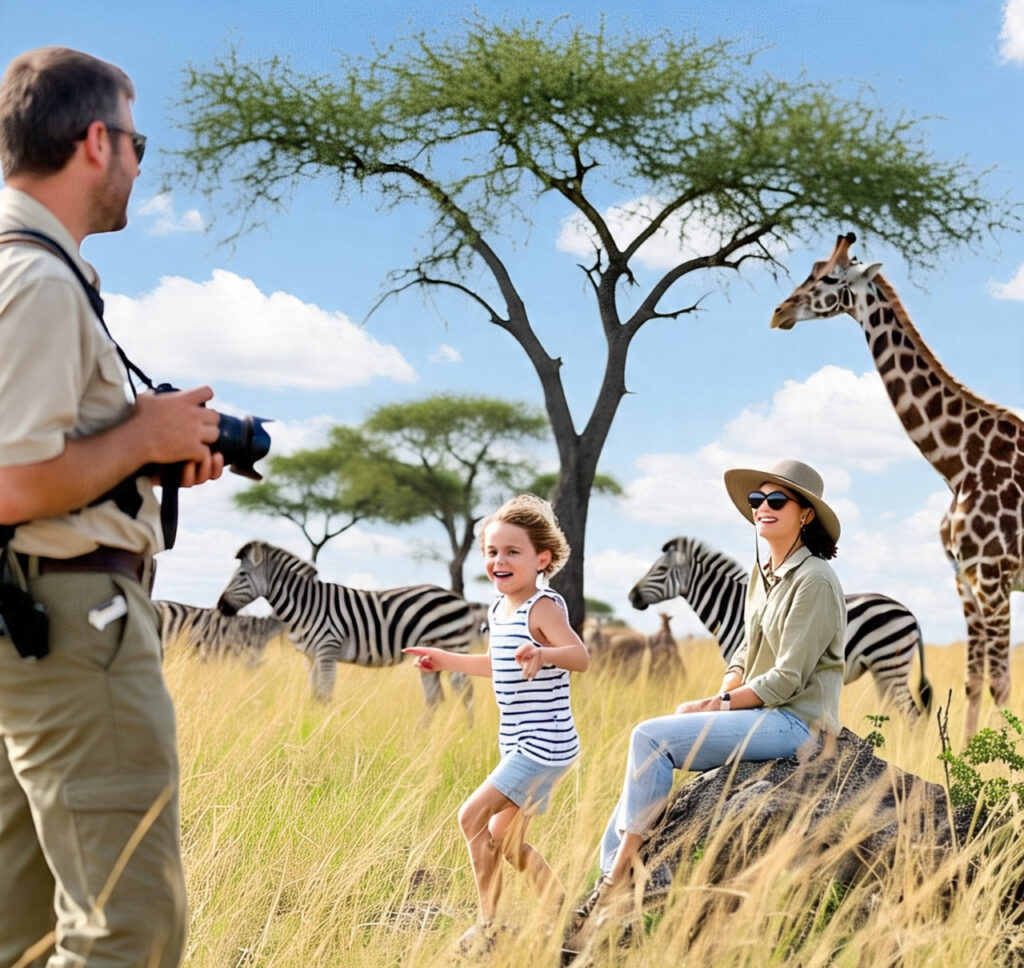What the Tourist Sees During the Wildebeest Migration
For tourists lucky enough to witness the Great Wildebeest Migration, the experience is nothing short of cinematic—an unfolding drama of survival, movement, and raw beauty across the Serengeti and Maasai Mara. From the moment their safari vehicle rolls onto the golden plains, travelers are immersed in a living tapestry of over 1.5 million wildebeest, zebras, and gazelles surging across the landscape in search of greener pastures. The air vibrates with the grunts and hooves of the herd, and the horizon seems to ripple with motion.
Tourists often find themselves breathless as they watch river crossings, where wildebeest plunge into crocodile-infested waters, driven by instinct and desperation. The tension is palpable—some make it, some don’t—and the emotional rollercoaster is unforgettable. But it’s not just about the animals. Visitors also experience the rhythm of the land: sunrises that paint the sky in fire, acacia trees silhouetted against the dusk, and the haunting calls of hyenas echoing through the night. Guides share stories of the ecosystem, pointing out lion prides stalking the edges of the herd, cheetahs scanning for the weak, and vultures circling overhead.

Tourists may witness births on the plains, moments of tenderness between mothers and calves, and the sheer resilience of life in motion. The migration is unpredictable—no one can guarantee where or when the crossings will happen—but that’s part of the magic. It’s a safari that demands patience, rewards curiosity, and leaves visitors forever changed. Whether standing atop a safari vehicle or quietly watching from a tented camp, tourists don’t just see the migration—they feel it, deep in their bones, as a reminder of nature’s grandeur and fragility.











